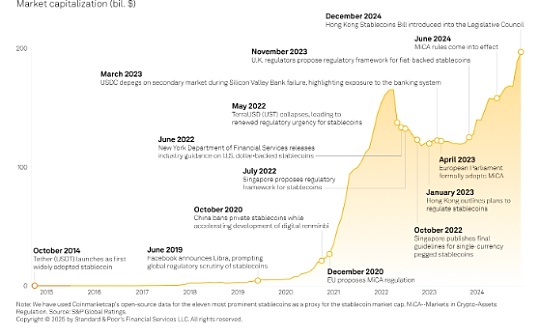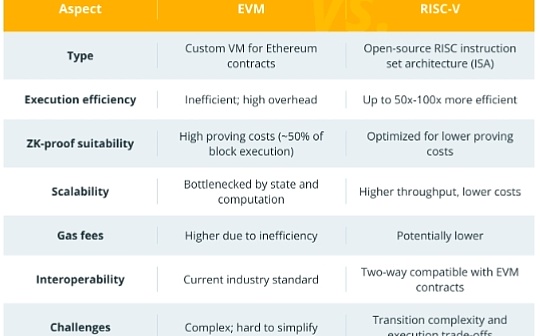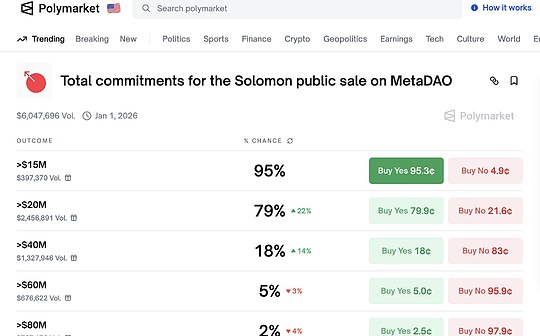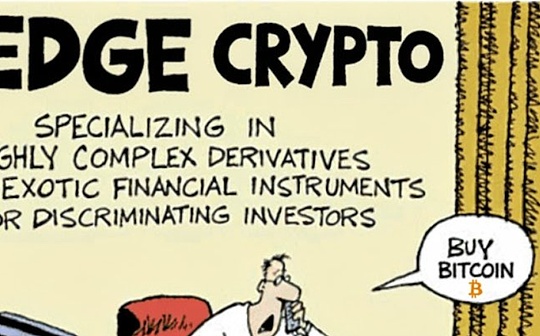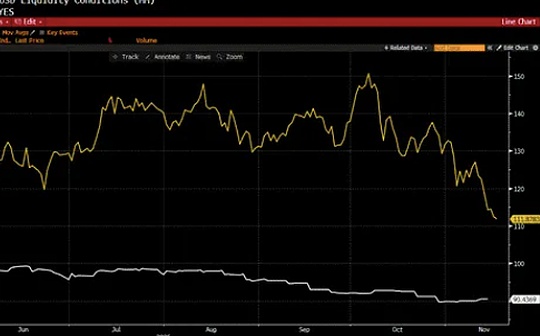
Author: Arunkumar Krishnakumar, CoinTelegraph; Compilation: Wuzhu, Bitchain Vision
1. Current status of US reserves: the role of gold, oil and Bitcoin
The U.S. government has long relied on gold and oil as reserve assets, but with the increasing popularity of Bitcoin in institutions, its potential role as a strategic reserve has increased significantly.With the new US government taking office in January 2025, the possibility and potential of Bitcoin as a strategic reserve has ushered in major positives.
Although gold has historically been the backing of the monetary system and oil remains an important economic and secure asset, Bitcoin represents a new type of digital reserve that challenges the traditional financial paradigm.
The United States has a large reserve of gold and oil, but its Bitcoin holdings are relatively small, mainly obtained through asset seizures.As of the third quarter of 2024, the United States held approximately 8,133.46 metric tons of gold, worth approximately US$789.87 billion (March 8, 2025), making it the largest sovereign holder of gold reserves.
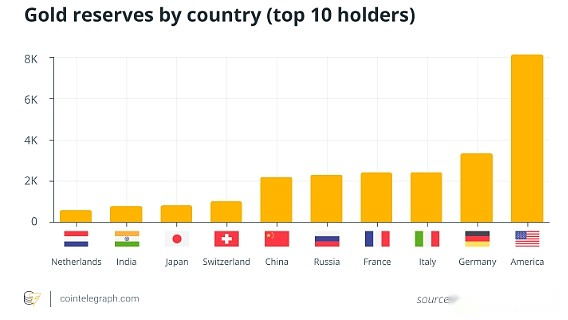
Before the gold standard was abandoned in 1971, these reserves were traditionally used to hedge economic uncertainty and support the dollar.
As far as oil is concerned, the U.S. maintains its strategic oil reserve (SPR), which as of August 2024 had about 372 million barrels.The SPR was established in the 1970s to deal with the oil crisis and is worth approximately $28 billion at current market prices.These reserves manage supply disruptions, control inflationary pressures and stabilize energy markets during geopolitical crises.
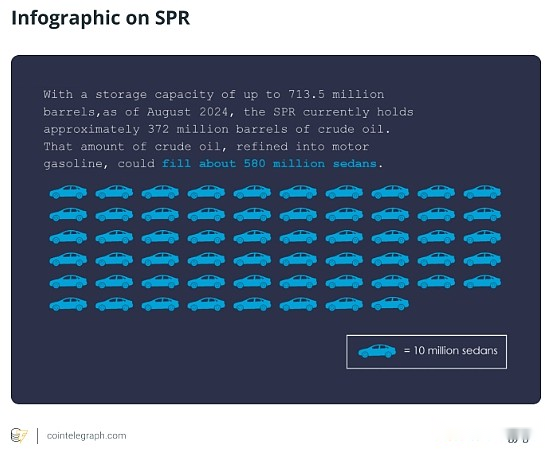
Unlike gold and oil, Bitcoin is not an official reserve asset, but the U.S. government has failed to hold a large amount of Bitcoin.The government is estimated to control about 200,000 bitcoins, worth about $15.9 billion at the price of $79,515 (as of March 10).
Unlike gold and oil, however, these assets are not stored as strategic reserves, but as assets awaiting auction or liquidation of the Department of Justice and the U.S. Marshals Department.
II. Liquidity and market dynamics of gold, oil and Bitcoin
Gold, oil and Bitcoin each show unique liquidity and market dynamics, with gold the most stable, oil driven by geopolitical factors, and Bitcoin is characterized by high volatility and 24/7 accessibility.
The depth of liquidity of assets in the market is an extremely important indicator of asset health.Generally, the higher the liquidity, the more options investors have in pricing and risk management.
Let’s see how gold, oil and Bitcoin differ in liquidity and market dynamics:
-
Gold: Gold remains one of the most liquid financial assets, with daily trading volumes of over $200 billion in futures markets, exchange-traded funds (ETFs) and over-the-counter trading (OTC).The deep liquidity and widespread recognition of gold make it the first choice for central banks, institutional investors and governments to seek to hedge inflation and currency volatility.Although gold prices fluctuate, its volatility has historically been lower than most other assets.
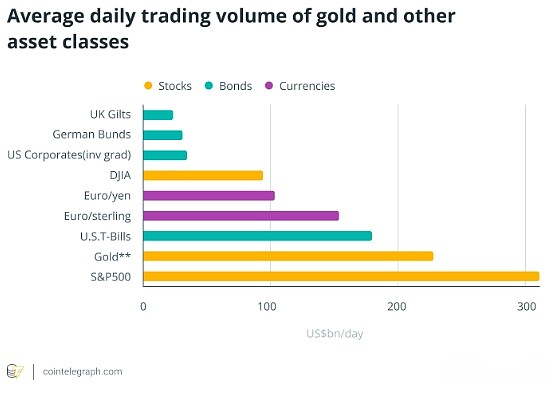
-
Oil: Oil has huge trading volumes in spot and futures markets, with global daily futures trading volume reaching about 1 million barrels.Unlike gold, oil liquidity depends largely on its industrial needs and geopolitical development.Oil prices are highly sensitive to supply chain disruptions, the Organization of the Petroleum Exporting Countries (OPEC) decisions and macroeconomic policies.Given its role in the energy market, oil is much more volatile than gold, and its price fluctuations may be caused by political instability, production cuts or major conflicts.
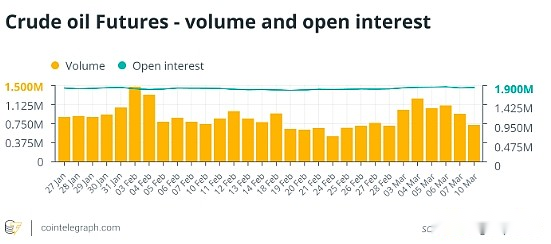
-
Bitcoin: Although Bitcoin is a relatively new asset, it is extremely liquid, with daily trading volumes on global exchanges usually exceeding $30 billion to $50 billion.Although BTC has been recognized by institutional investors, its volatility remains much higher than gold and oil due to speculative demand, regulatory uncertainty and market structure.Unlike gold and oil, Bitcoin has a trading cycle of 24/7, which makes it unique in terms of accessibility and global liquidity.
3. Storage and security issues of reserve assets
Storage and security issues are critical to any reserve asset, each with unique challenges and costs.
-
Gold: Gold is often stored in highly secure facilities such as Fort Knox, the Federal Reserve Bank of New York and other vaults around the world.The cost of storing gold varies, but large-scale sovereign reserves require substantial security infrastructure, transportation costs and insurance.In addition, physical gold is easily stolen and requires constant review to ensure authenticity and weight accuracy.Additionally, the custody fees for institutions that store gold in vaults range from 0.10% to 0.50% per year, depending on the storage provider.
-
Bitcoin: Bitcoin storage is fundamentally different because it is a digital asset.Governments and agencies often use cold storage wallets and multi-signature security to protect their assets.Although Bitcoin custody does not require physical storage facilities, cybersecurity risks such as hacker attacks, poor private key management and regulatory oversight pose significant challenges.Institutional-level hosting solutions such as BitGo, Fireblocks and Coinbase Custody charge 0.05% to 0.25% annually, which is much lower than the gold storage cost.However, the irreversibility of Bitcoin transactions increases the risks associated with mismanagement or unauthorized access.
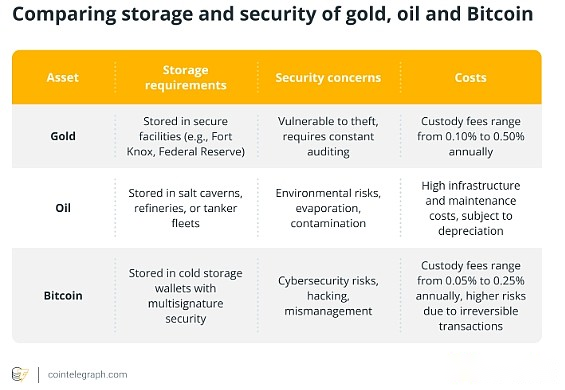
4. Strategic and economic role of reserve assets
Gold, oil and Bitcoin all play a strategic role in the global economy. Gold is a hedging tool, and oil affects geopolitical stability.
All of these assets have strategic and macroeconomic significance over time.Their narratives related to the broader capital markets are perhaps exactly what is needed to attract investor interest.
-
Bitcoin: BTC’s potential as a reserve asset lies in its decentralized nature, fixed supply (21 million BTC) and resistance to currency depreciation.Unlike gold and oil that require a lot of infrastructure, Bitcoin can be transferred globally in minutes and stored at almost zero cost.
As institutional adoption grows, Bitcoin’s strategic value as hedging inflation and government debt is increasingly recognized.
5. The future of the US government’s Bitcoin policy
Policy initiatives show that building strategic Bitcoin reserves could put it alongside traditional assets such as gold and oil in the future.
In January 2025, President Donald Trump signed an executive order entitled “Strengthening the U.S. Leadership in the Field of Digital Financial Technology” to establish the Presidential Digital Asset Market Working Group to explore the establishment of national digital asset reserves.
Building on this initiative, on March 7, President Trump signed another executive order to establish “Strategic Bitcoin Reserves” and “U.S. Digital Asset Reserves” aimed at positioning the United States as a leader in the cryptocurrency space.These reserves will be funded entirely through cryptocurrencies seized in law enforcement operations, ensuring that taxpayer funds are not used.
However, reserves will be funded using cryptocurrencies already held by the government, mainly through asset forfeiture rather than through new government purchases.
This strategy has caused mixed reactions.While some see it as a positive step to embrace digital assets, others have expressed concerns about the lack of new investments and the potential impact of using forfeited assets.As of March 10, 2025, the value of Bitcoin fell by more than 5% to approximately $79,515, reflecting the market’s disappointment in the way it is reserved.
Looking ahead, the U.S. government’s Bitcoin policy may continue to evolve.The Presidential Working Group is expected to make recommendations by July 2025, which could impact future regulatory frameworks, investment strategies, and integration of digital assets with the broader financial system.
With growing global interest in cryptocurrencies, the United States may further refine its policies to balance innovation with security and economic stability, as well as traditional assets such as gold and oil, which remain an integral part of the national financial strategy.

